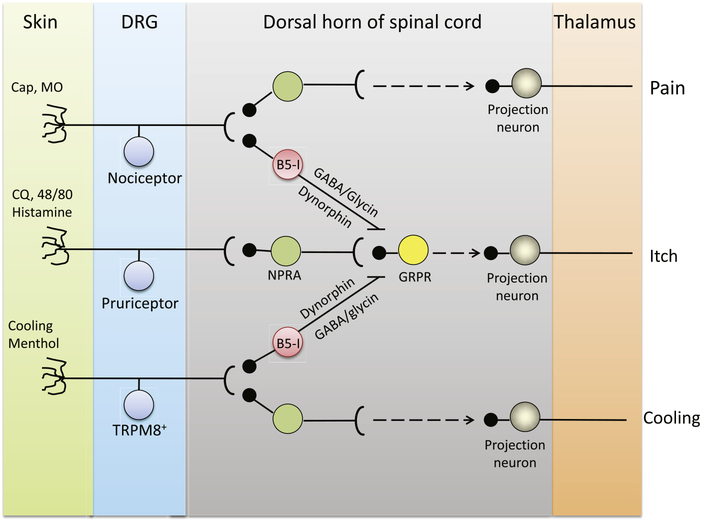Figure 1. Schematic describing cooling and menthol induced antipruritic and analgesic pathways.
Sensory neurons of the dorsal root ganglia (DRG) project primary sensory afferents to the skin, where they detect itch, pain and cooling stimuli. These neurons form synapses with secondary neurons in the dorsal horn of the spinal cord, which connect with other interneurons and/or projection neurons to relay sensory signals to the thalamus. Pruritogens, such as chloroquine, 48/80, or histamine act on corresponding receptors expressed in the skin sensory nerve endings to generate itch signals. The itch signal is transmitted via natriuretic peptide receptor A-gastrin-related peptide receptor (GRPR) pathways in the dorsal horn of spinal cord. Cooling and menthol activate TRPM8 channels expressed in TRPM8+ DRG neurons, which mediate cooling perception. Within the spinal cord, TRPM8+ DRG neurons may form synapses with dorsal horn inhibitory B5-I neurons. B5-I neurons release γ-aminobutyric acid (GABA) and/or glycine, as well as dynorphin, which act on, or downstream of, GRPR neurons to inhibit itch transmission in the dorsal horn.

